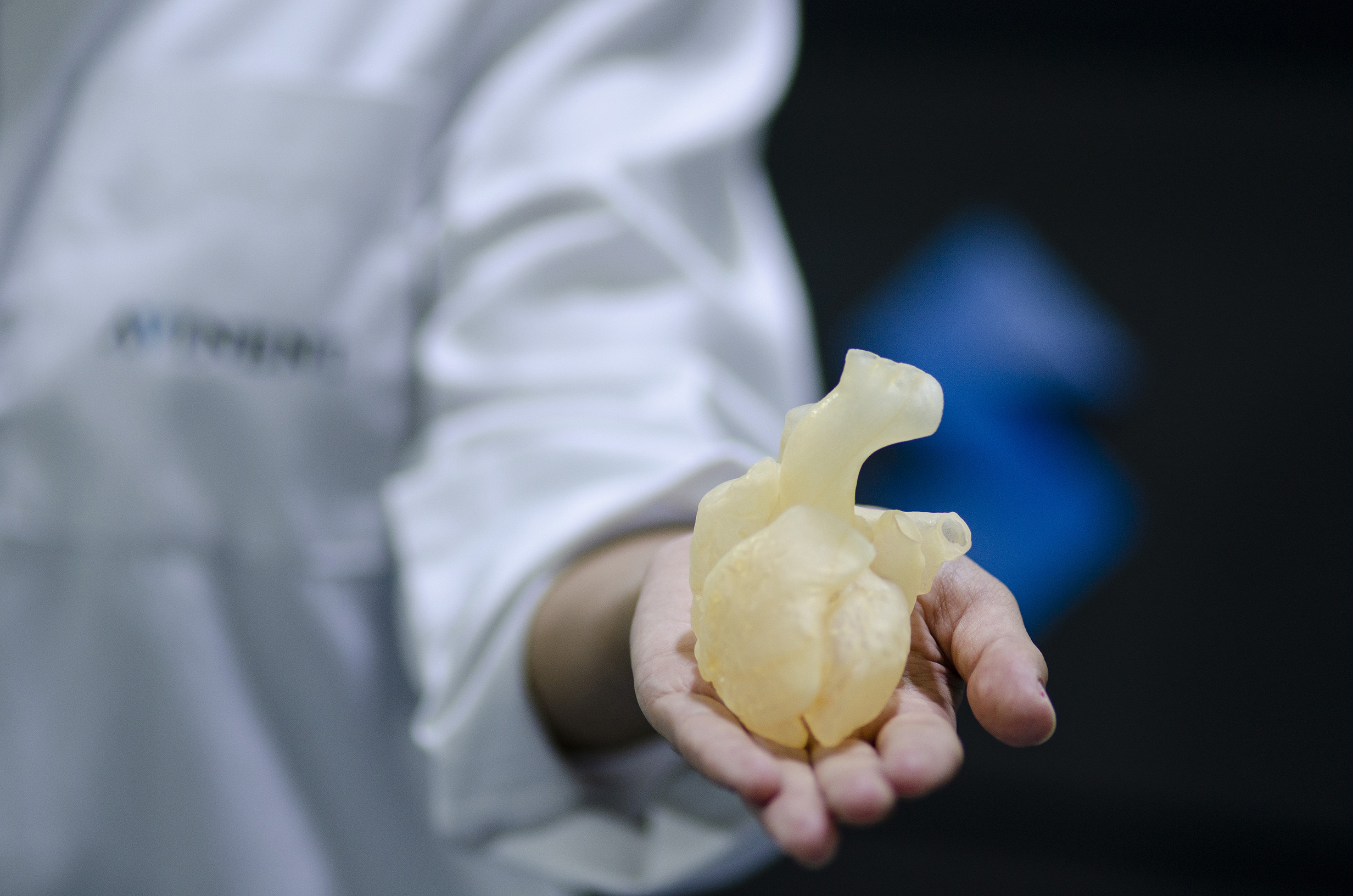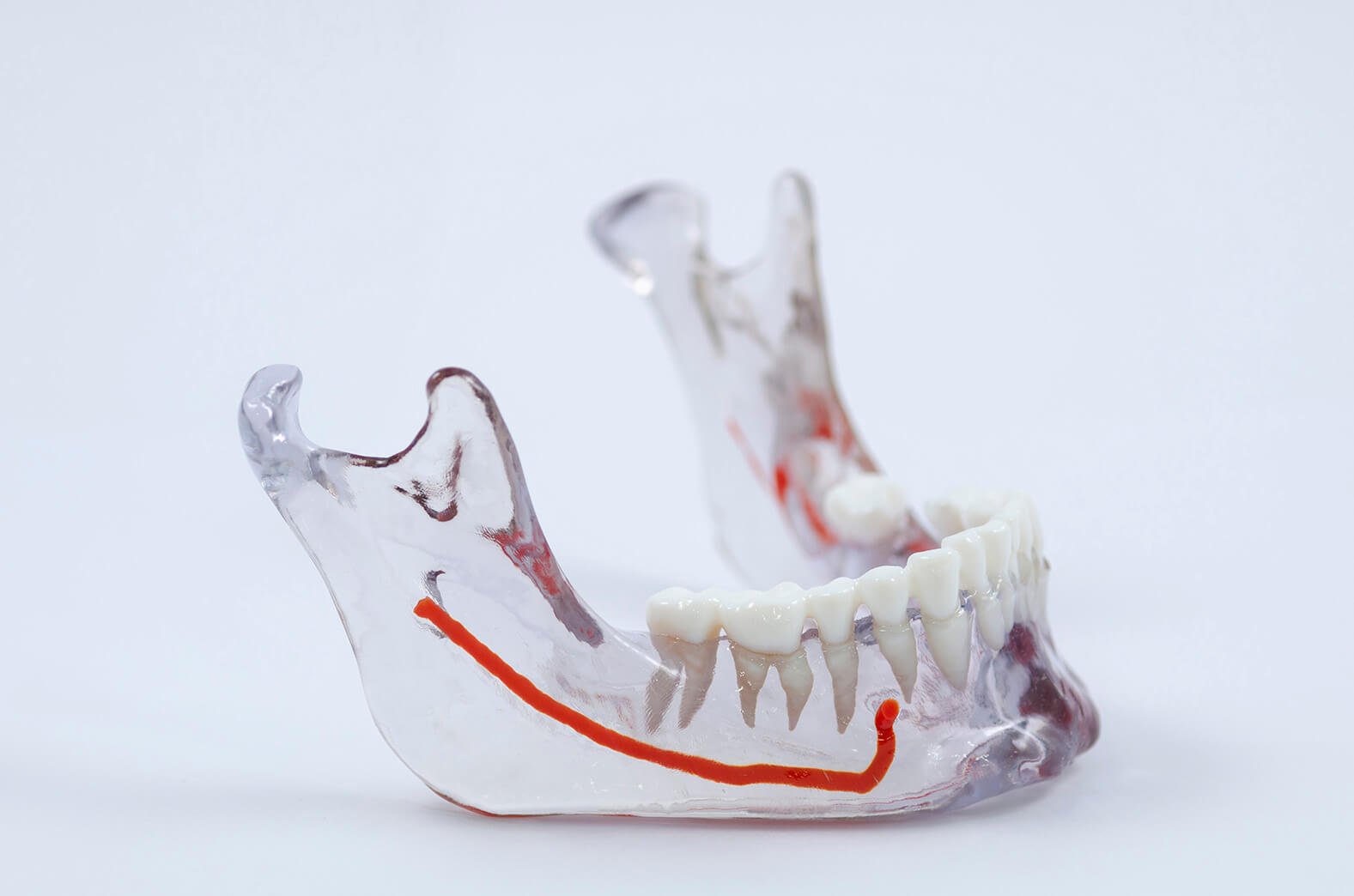

AVINENT Digital Health has recently acquired the Stratasys J750 3D printer, a powerful device in the field of 3D printing that stands out from the crowd in terms of its technology for its ability to reproduce the most realistic models. Considered to be the most advanced and versatile printer on the market, the Stratasys J750 can create pieces of more than 500.000 different color shades, with transparencies and made from a variety of liquid resins that help to obtain a wide range of texture finishes. The new AVINENT printer is primarily used for orders from health centers and hospitals requesting organ models so that medical professionals can use them to perform simulated surgeries. AVINENT Digital Health is the only medical sector company in Spain that currently has the advanced Stratasys J750 printer.

This innovative device has the ability to reproduce organs in a surprisingly realistic manner thanks to its PolyJet technology, which allows it to work with up to six different components. As regards the newly arrived device in the company, AVINENT Product Manager Albert Mangas highlights: “Unlike other 3D printers on the market, it allows you to inject up to six liquid resins with different properties that are UV cured.” This feature enables the creation of different color and texture pieces based on tomographic images previously taken in medical centers and, in the case of AVINENT, to manufacture exceptionally realistic organ models used in surgery simulations. Surgeons can therefore assess and study each case more reliably and accurately with a printed model.

Albert Mangas indicates: “Although we are still in a development phase in which we are trying to come as close as possible to what the final product will be, it is also indeed true that we already have some completed items today that we are printing for hospitals.” The company will develop organs with this powerful technology that can range from a transparent, colored heart model for intervention training to highly realistic bones in terms of textures and colors, as well as dental models like soft gum, mandible or maxilla with nerves and teeth. Mention should therefore be made of AVINENT’s aim is to make the most of this state-of-the-art printer, so its uses will not only be limited to products for hospitals, but also to the creation of a range of dental models that are as realistic as possible. Albert Mangas gives an example: “The new printer will help us to create dental models with a wealth of detail and color combinations and these will be ideal for assistants to practice on models that will be the same as patients’ mouths in esthetic training sessions.”

AVINENT, a host of 3D printing possibilities
The addition of the new Stratasys J750 printer means that AVINENT Digital Health now has up to nine different 3D printing devices available in its 3D Printing Zone, a number that demonstrates the company’s strong commitment to digital solutions. It is therefore worth mentioning the great variety of 3D printing equipment in AVINENT’s facilities, given that it has seven different technology printers that are used for both small-scale and industrial purposes. This huge range of devices enables the company to meet the current and future needs of its customers. Indeed, according to the latest study by the major company 3D HUBS, the world’s largest print service provider, which gathers digital manufacturing trends quarterly, AVINENT’s 3D printing models occupy very good positions. In the industrial category, the Formiga P110 printer (one of AVINENT’s models with which, for example, it manufactures surgical guides for cranio-maxillofacial surgeries) obtains the highest score among 200 models. This same device ranks second in the category of the most widely used industrial 3D printers. In terms of desktop printers, Form 2 by Formlabs, which AVINENT has several models in its facilities and distributes in medical centers, is the most used device on the market (among a list of 700 different models), with the distinctive feature as the only printer in the top 10 that uses SLA technology (using a laser to fuse nylon powder). This printer also appears in the list of the top 10 most valued printers on the market.
